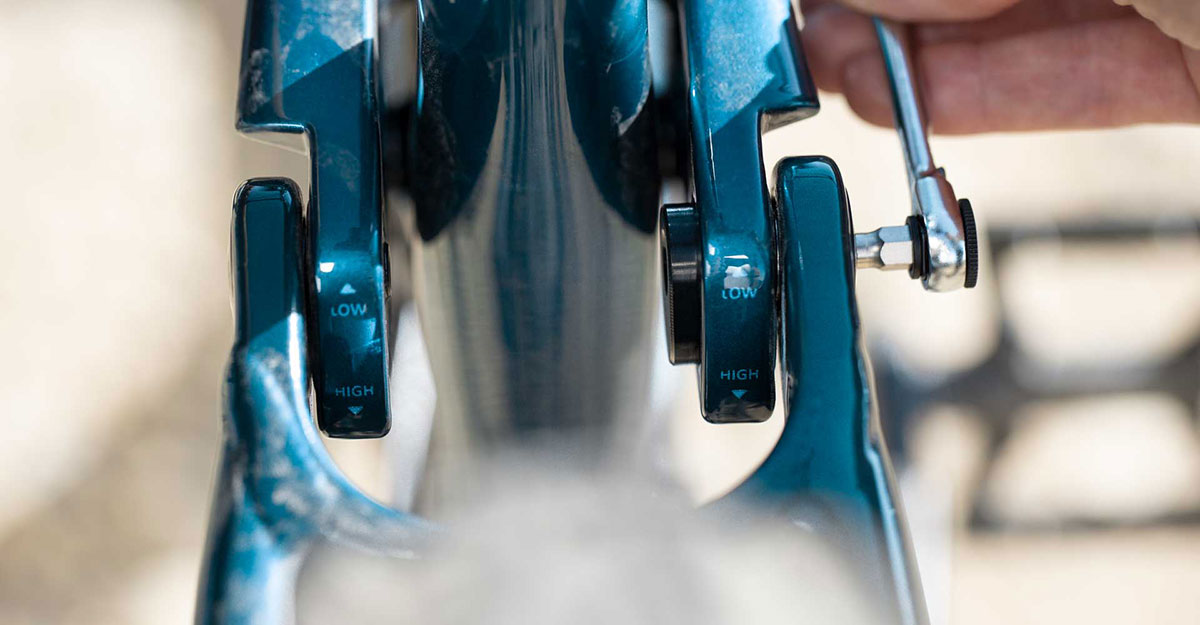We know, there’s no such thing as a stupid question. But there are some questions you might not want to ask your local shop or riding buddies. AASQ is our weekly series where we get to the bottom of your questions – serious or otherwise. Hit the link at the bottom of the post to submit your own question.
Welcome back to the Bikerumor Ask A Stupid Question series. This week we turn our attention to the trendy flip-chip, a wee frame detail that allows riders to tweak their bike’s geometry at the trail side, for improved descending or climbing.
What exactly does it do? In most cases, the flip-chip changes the BB height while also slightly altering the head tube angle. Not all brands use the flip-chip for the same thing, though, and some brands have several different uses for them, depending on the bike. One reader has sent in a poignant question:
Does the flip-chip alter a bike’s leverage curve?
Answering are:
- Rob Sherratt, Global Marketing Manager at Nukeproof Bikes
- Ludi Scholz, Off-Road Category Manager at Liv Cycling
Nukeproof: A flip chip isn’t designed for marketing purposes or as a selling point. It’s got to be useful to our riders and enhance and widen the ride characteristics and capabilities of the bikes. Rather than present theory, it’s probably best to discuss through the graphs and percentage changes of what any flip chip is designed to do.
The flip chips we use across our bikes are designed to offer different characteristics we want in the bikes and they vary across the models. It’s not seen as a must have when we design a bike.
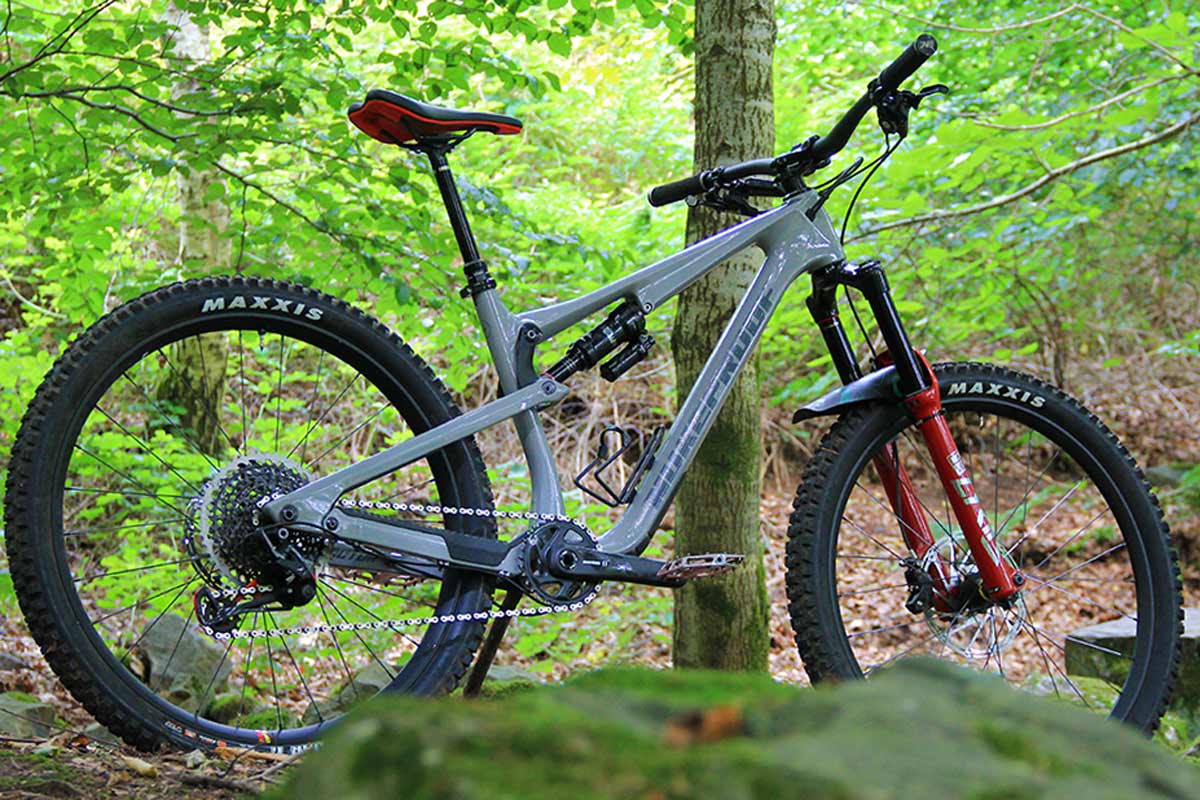
On our Nukeproof Reactor trail bike, the Trail/Rail flip chip is designed to drop the BB rather than alter the leverage curve. Dropping the BB has a number of effects on the Reactor; mostly positive for descending and under load in corners, hence the name rail.
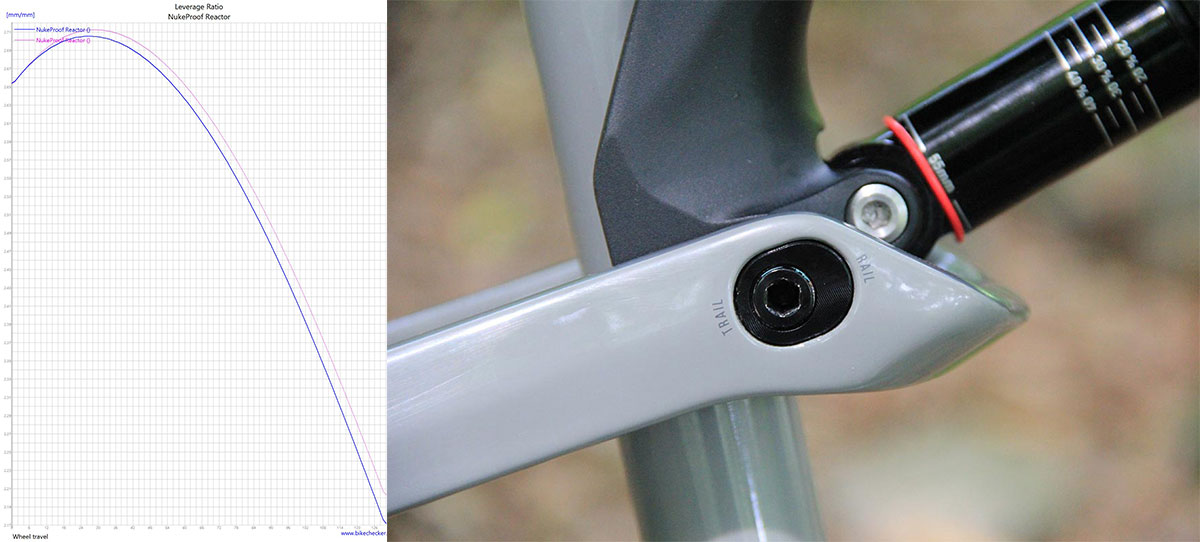
The Trail setting lifts the BB to the optimum pedal platform setting; in doing so it also steepens the seat angle which is better for in saddle performance.
On our Dissent and Giga frames, the flip chip is designed to alter the suspension curve and progression to give a different feel to the suspension platform (see attached image of the 4 positions and here). This for us came about from wanting to test a number of curves on a test mule. But, our rider’s didn’t share the same preferences, so we decided to offer four very different feeling chips.

For us the Dissent settings alter the curve as below:
- Setting 1: 17% Progression – This is the setting that is most similar to our older generation Pulse frame but with more mid-stroke support. It starts with the least progressive rate off the top, has the most mid stroke support and then ramps up the least at the end. As used by Sam Hill.
- Setting 2: 21% Progression – This is what we consider to be the Goldilocks position. (Its’s just right!) i.e. It suits most riders most of the time and as a result this is the setting we recommend and will ship the bike in.
- Setting 3: 26% Progression – A setting that some of our racers preferred. If it is progressive enough for Adam Brayton, then it is probably progressive enough for you too.
- Setting 4: 30% Progression – It starts with the most progressive rate off the top (most supple over small bumps), has the least mid stroke support but then ramps up the most at the end. This is the setting that we would use for riding a bike park with loads of braking bumps and massive jumps/drops.
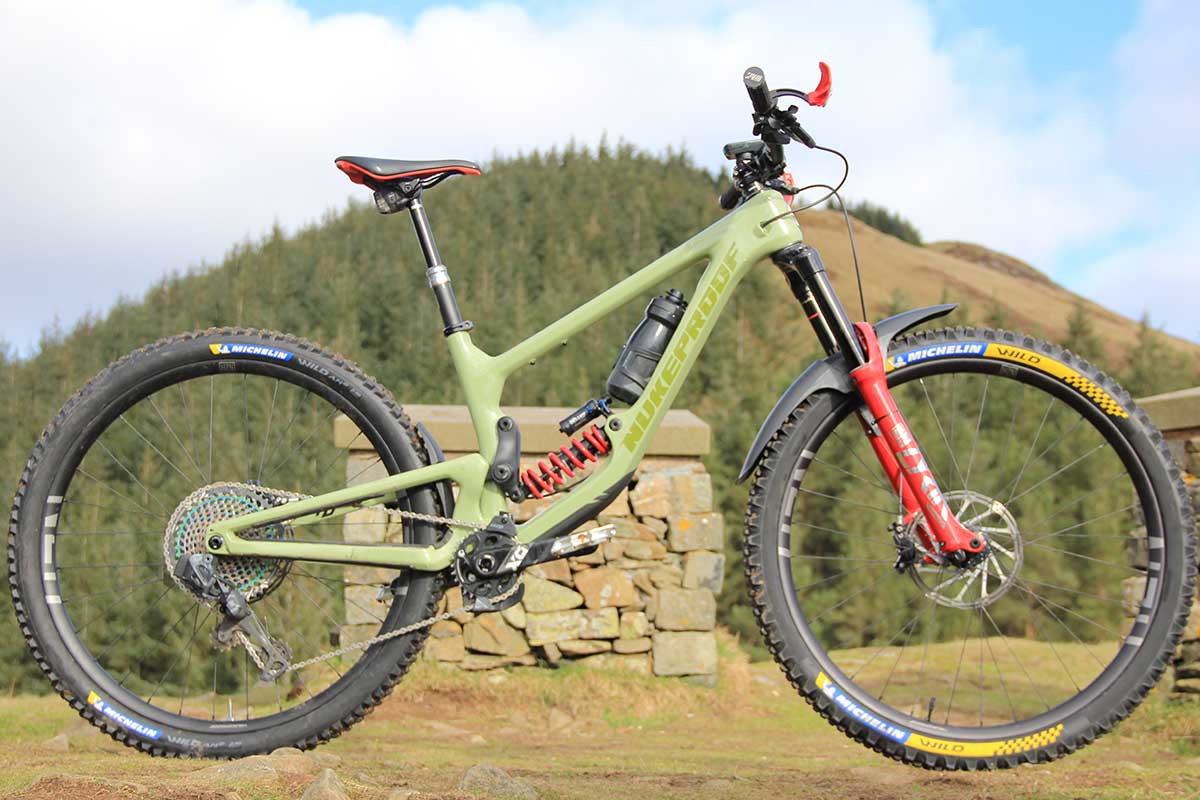
We use a similar idea on the Giga. With the suspension platform being based on the same horseshoe driven linkage as the Dissent frame, albeit with a two-stage main pivot flip chip. Using an eccentric axle system, riders can alter the kinematic’s progressivity; therefore, the bike can be tailored to suit the conditions on the trail with only an 8mm Allen key.
- Setting 1 = 25.5% progression
- Setting 2 = 29% progression

Both settings have a super supple beginning for small bump compliance. They also both have good mid-stroke support for better cornering and pumping. Like the Dissent, the progression drops off in the end stroke to prevent mid-stroke harshness or spiking and allows more tuning options with volume spacers. The +Progressive setting can be used to add shock progression on a coil set up just like adding a volume spacer to an air shock. The added suppleness is also good in wet and slippery conditions.
Liv Cycling: Yes, the Maestro flip chip on the Liv Intrigue Advanced Pro 29 and Intrigue 29 series slightly changes the bike’s leverage curve. When the flip chip is in the high position, the leverage ratio is lower, effectively making the bike more efficient which is ideal when pedaling up hills and over technical terrain.
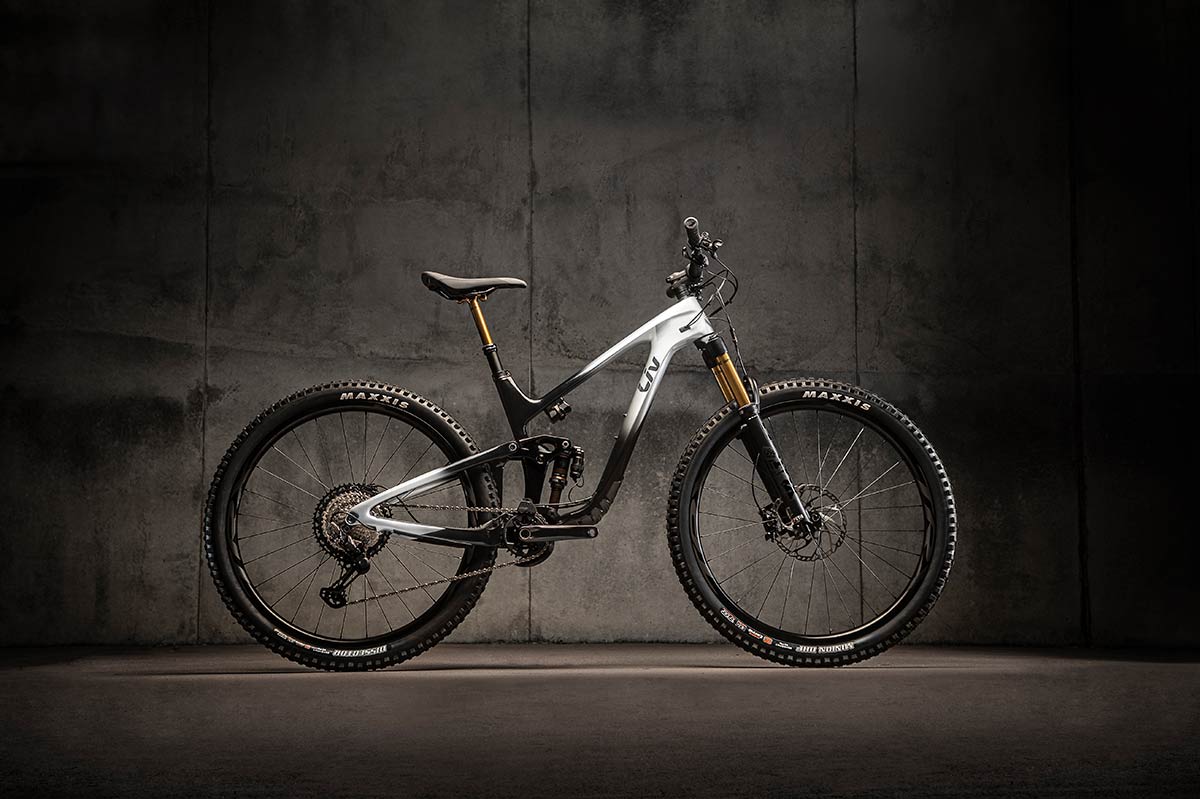
When the flip chip is in the low position, the leverage ratio increases, effectively making the bike more compliant which provides greater stability on fast, open terrain.
Got a question of your own? Click here to use the Ask A Stupid Question form to submit questions on any cycling-related topic of your choice, and we’ll get the experts to answer them for you!


